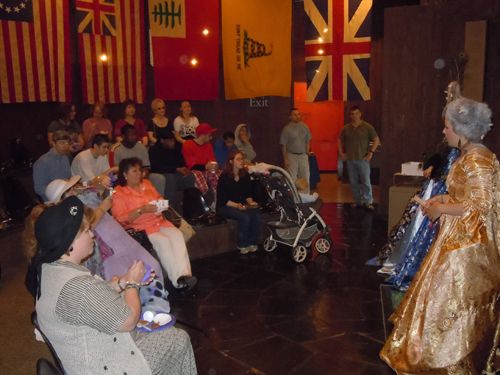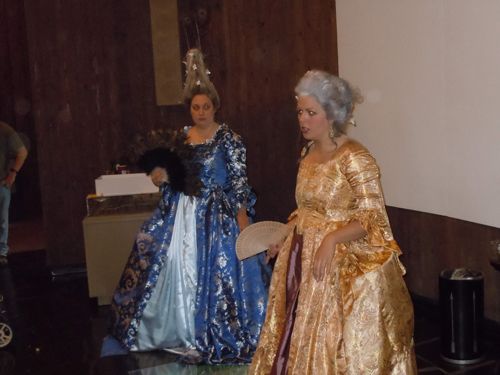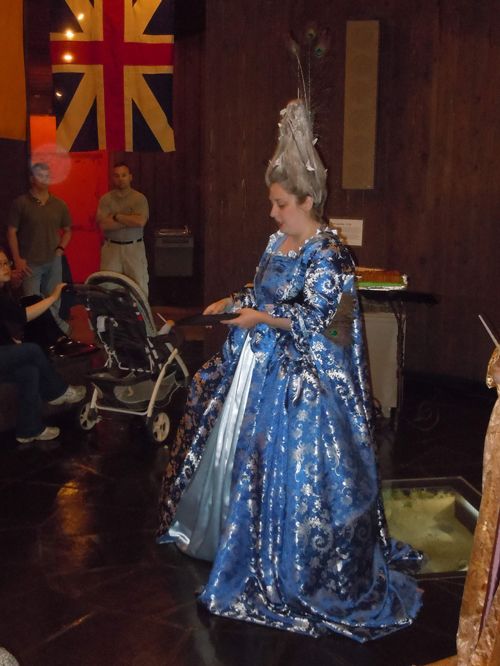Marie would be proud
Summary:
Fort Laurens held it's second annual "Let Them Eat Cake" event wherein participants learned about the various colonizers of the United States' past through food and drink.
Article:
"Let them eat cake" is a popular quote attributed to Marie Antoinette, a mistress of French King Louis XVI that lives on today as a way to highlight the way those of privilege cannot relate to those who are poor. Even though it's highly unlikely that Ms. Antoinette ever uttered those words, her supposed misunderstanding of struggling 18th century French commoners lives on to this day. Fort Laurens in Bolivar recently used the quote as the title for an event about the French Revolution and the history of America on Sunday May 15. "Our second annual 'Let Them Eat Cake' was a chance for people to come dressed in their best and have food from around the world while learning new things about the time in history that the fort would have been built," said Tammi Mackey, site director of Fort Laurens. "There were many different countries that claimed land within what would become the United States of America. For Let Them Eat Cake we had stations set up around the fort's museum featuring historical notes about, and sweets from, those different nations. People could go around and sample various items and learn about who controlled land in the United States at different times." Food items, mainly cakes, for the guests reflected the cultures of such countries as France, England, Spain, Netherlands and the Comanche Native Americans. "Not only did Let Them Eat Cake focus on the times in America of the Fort's building, it tied in two other parts of history with the fort, the history of women at Fort Laurens and the French Revolution. We know there were women at the Fort, we can speculate that they were wives of soldiers or other roles, but little is known. And as far as the French Revolution, it was inspired by our own Revolutionary War." Since the event was inspired by Marie Antoinette's quote, fashion from before the French Revolution was also highlighted with Mackey and her assistant Katharine Parks wearing clothes and hairstyles representative of 18th century high-fashion in France. "Just like we do now, Colonial America looked to France for fashion tips," said Parks. "Before the revolution the style for women was a corseted top to create the thinnest waist possible and a dress that widened the hips that was usually constructed with wiring, the wider hips were meant to send the signal of virility to suitors and also came to be a status symbol, the more fabric you could wear, the more money you had and therefore a higher status in society. Another curious status symbol was how pale one was, the more pale, the more attractive because if you were tan it meant you worked outside." "We wanted Let Them Eat Cake to be a fun experience for visitors," said Mackey. "We hope that they learned something new from the experience and left with perhaps a new perspective on 18th century history and left full from all the cake."






